The Best Companion Plants For Portulaca
Portulaca, also known as moss rose, is a low-maintenance, drought-tolerant annual that is perfect for adding a splash of color to your garden. It comes in a variety of colors, including red, orange, yellow, pink, and white, and it blooms from spring to fall.
One of the best things about portulaca is that it is easy to grow with companion plants. Companion planting is a gardening technique that involves planting different types of plants together to benefit each other. When you choose the right companion plants for portulaca, you can help to improve its health, productivity, and pest resistance.
Here are some of the best companion plants for portulaca:
- Gazania: Gazania is another drought-tolerant annual that blooms in a variety of colors. It is a good companion plant for portulaca because it helps to attract pollinators.
- Zinnia: Zinnias are another popular annual that blooms in a variety of colors. They are a good companion plant for portulaca because they have similar growing requirements.
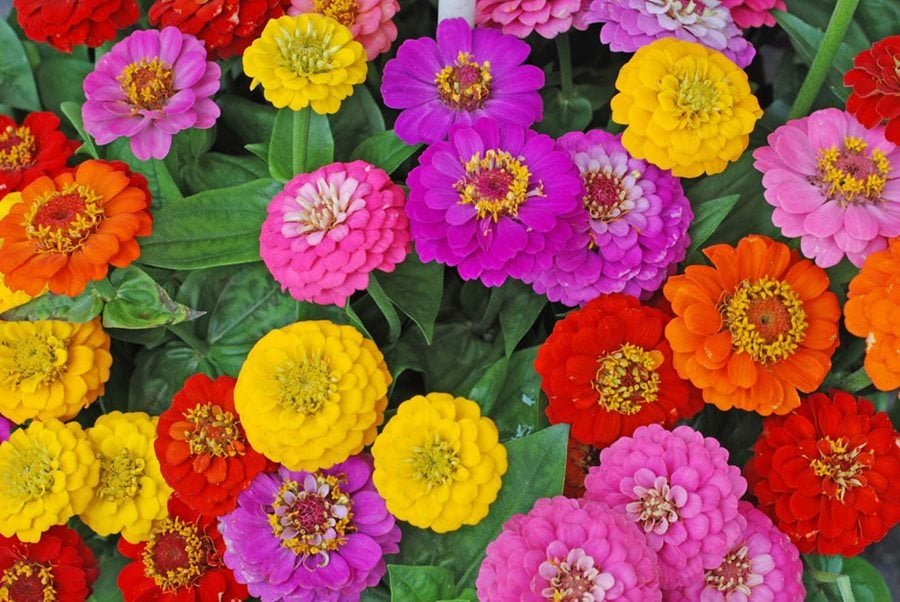
- Dusty miller: Dusty miller is a low-growing, silvery-green plant that is drought-tolerant and deer-resistant. It is a good companion plant for portulaca because it helps to suppress weeds and improve the drainage of the soil.
- Sunburst honeylocust: Sunburst honeylocust is a small tree that is tolerant of heat and drought. It is a good companion plant for portulaca because it provides dappled shade, which can help to protect portulaca from the hot sun.
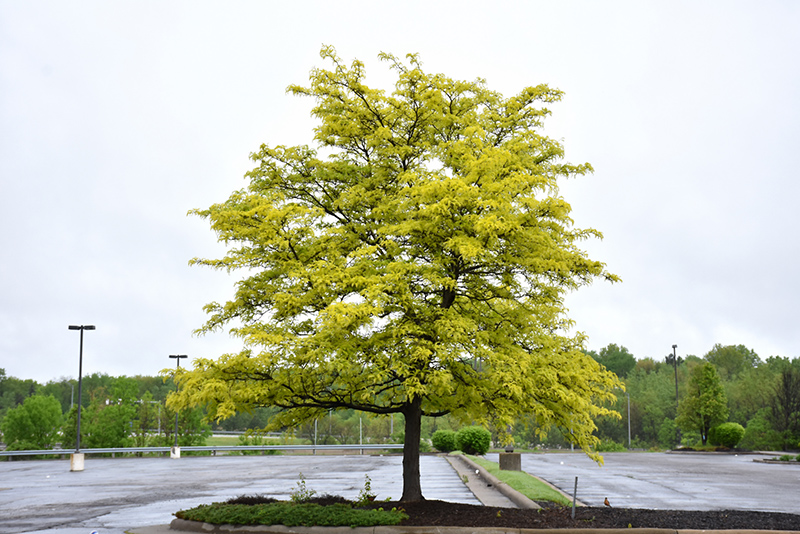
- Butterfly bush: Butterfly bush is a tall, flowering shrub that attracts butterflies and other pollinators. It is a good companion plant for portulaca because it helps to improve the pollination of portulaca flowers.

These are just a few of the many companion plants that can be grown with portulaca. When choosing companion plants, it is important to consider the plants' growing requirements, as well as their aesthetic appeal. By choosing the right companion plants, you can create a beautiful and productive garden that is full of color and life.
null
FAQ of portulaca companion plants
Q1. What are some good companion plants for portulaca?
A. Some good companion plants for portulaca include:
- Calendula: Calendula is a flowering plant that is known for its insect-repelling properties. It can help to deter pests such as aphids, whiteflies, and beetles.

- Lavender: Lavender is another flowering plant that is known for its insect-repelling properties. It can also help to attract pollinators such as bees and butterflies.
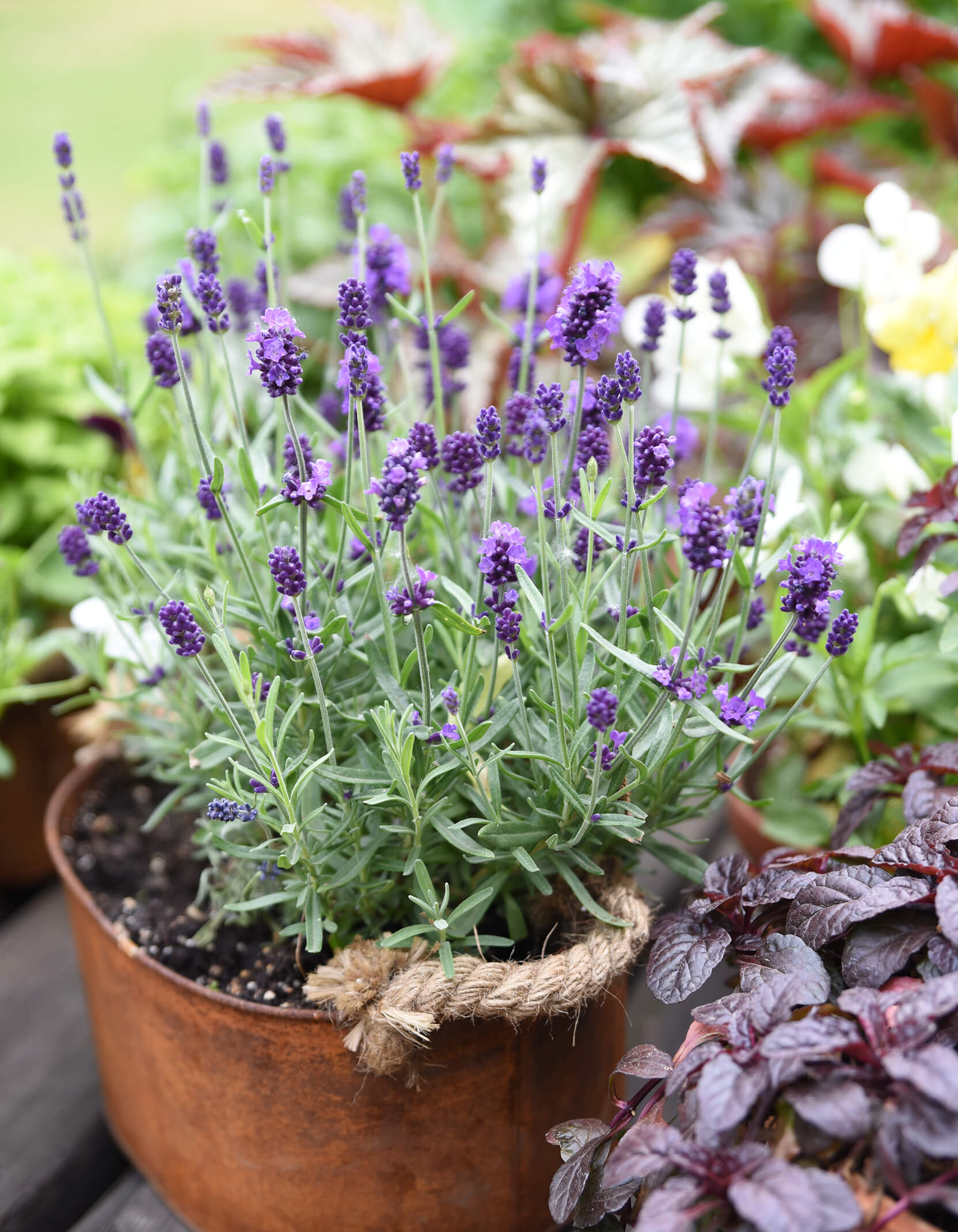
- Marigolds: Marigolds are another flowering plant that is known for its insect-repelling properties. They can also help to improve the soil quality.
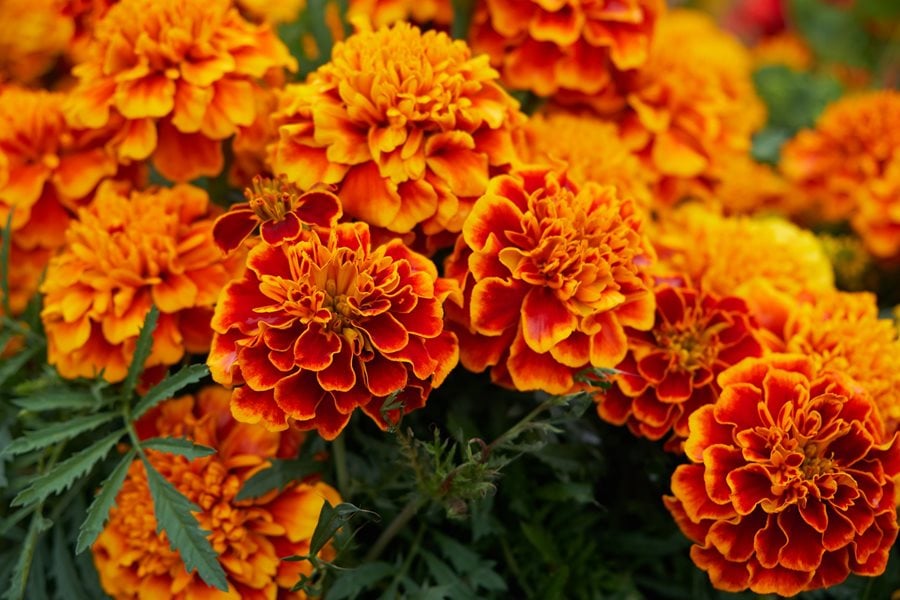
- Petunias: Petunias are a popular flowering plant that can help to add color and interest to a garden. They can also help to attract pollinators.
- Salvia: Salvia is a flowering plant that is known for its nectar-rich flowers. This can attract pollinators such as bees and butterflies.
Q2. What are the benefits of planting portulaca with companion plants?
A. There are several benefits to planting portulaca with companion plants. These include:
- Disease and pest control: Companion plants can help to deter pests and diseases. For example, calendula and marigolds are known for their insect-repelling properties.
- Pollinator attraction: Companion plants can help to attract pollinators such as bees and butterflies. This can help to improve pollination and fruit set.
- Improved soil quality: Some companion plants, such as marigolds and petunias, can help to improve the soil quality. This can benefit the portulaca plants and other plants in the garden.
- Added beauty: Companion plants can add color, interest, and texture to a garden. This can make the garden more attractive and enjoyable.
Q3. What are some of the challenges of planting portulaca with companion plants?
A. There are a few challenges that can arise when planting portulaca with companion plants. These include:
- Competitive growth: Some companion plants can be more aggressive than portulaca. This can lead to the portulaca plants being crowded out.
- Root competition: Some companion plants have extensive root systems. This can compete with the portulaca plants for water and nutrients.
- Disease and pest transmission: Some companion plants can harbor pests or diseases that can be transmitted to the portulaca plants.
Q4. How do I choose the right companion plants for portulaca?
A. When choosing companion plants for portulaca, it is important to consider the following factors:
- Planting conditions: The companion plants should be able to tolerate the same growing conditions as portulaca. This includes factors such as sunlight, soil type, and water needs.
- Competitive growth: The companion plants should not be too aggressive. They should not crowd out the portulaca plants.
- Root competition: The companion plants should not have extensive root systems. They should not compete with the portulaca plants for water and nutrients.
- Disease and pest transmission: The companion plants should not harbor pests or diseases that can be transmitted to the portulaca plants.
Q5. What are some tips for planting portulaca with companion plants?
A. Here are a few tips for planting portulaca with companion plants:
- Plant the companion plants at the same time as the portulaca plants. This will help to ensure that the plants have the same growing conditions.
- Space the plants appropriately. The companion plants should not be too close together. This will help to prevent them from competing for water and nutrients.
- Monitor the plants for pests and diseases. If you see any signs of pests or diseases, take steps to control them.
Image of portulaca companion plants
- Geraniums: Geraniums and portulaca have similar growing conditions, so they make good companion plants. They both thrive in full sun and well-drained soil. Geraniums add height and color to a portulaca bed, and they can help to deter pests.
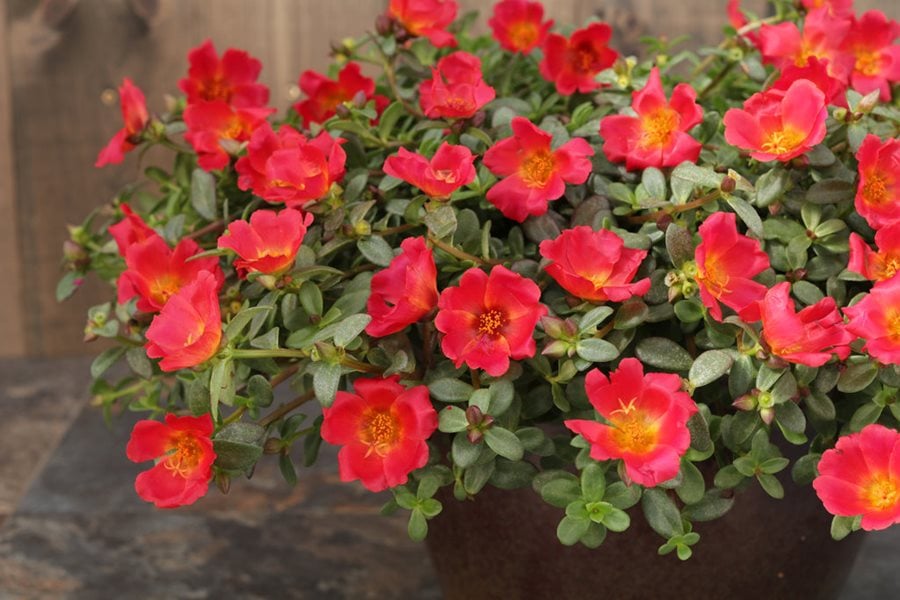
- Lavender: Lavender is a drought-tolerant plant that also attracts pollinators. It can help to deter pests from portulaca plants.

- Marigolds: Marigolds are another good choice for companion plants for portulaca. They help to repel pests and attract pollinators.
- Salvia: Salvia is a tall, colorful plant that can add height and interest to a portulaca bed. It also attracts pollinators.

- Zinnia: Zinnias are a cheerful, colorful flower that blooms all summer long. They make good companion plants for portulaca because they have similar growing conditions and they attract pollinators.


Post a Comment for "The Best Companion Plants For Portulaca"